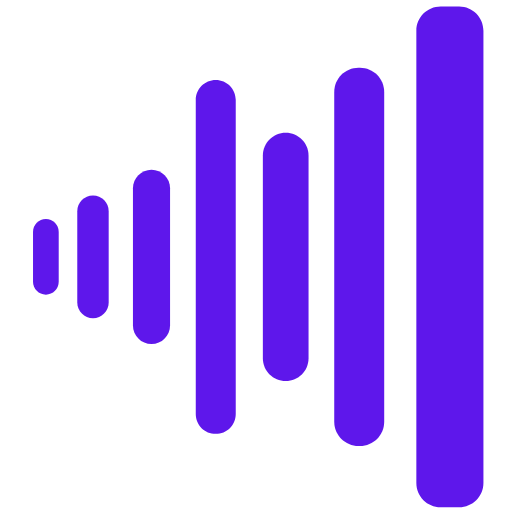What is LUFS? – Optimizing Audio Loudness on Tracks



What is LUFS? – Optimizing Audio Loudness on Tracks
As music consumption has shifted from physical media to digital streaming, the way we measure and analyze sound has also evolved. One such tool that has become increasingly important in the music industry is LUFS (Loudness Units Full Scale). In this article, we will explore what LUFS is, how it is used in the music industry, and why it matters.
What is LUFS?
LUFS is a standard measurement of loudness that takes into account how the human ear perceives sound. It is a more accurate representation of perceived loudness than traditional measurements like decibels (dB). LUFS measurements range from -24 to 0, with -24 being very quiet and 0 being very loud.LUFS is a measurement of loudness that takes into account the entire frequency range of a piece of audio. It was developed as a standardized method of measuring loudness that can be used across different platforms and devices, as well as for different types of content, such as music, podcasts, and television shows.
The goal of LUFS is to provide a consistent measure of loudness that reflects how humans perceive sound, rather than simply measuring the amplitude or peak level of the audio signal. This is important because our ears are more sensitive to certain frequencies than others, and our brains process sound in a way that is influenced by a variety of factors, such as the environment we are in, the volume level, and even our emotional state.
How are LUFS used in the music industry?
In the music industry, LUFS are used in a variety of ways. One of the most common uses is to ensure that all tracks on an album or playlist have a consistent level of loudness. This is important because if one track is significantly louder than the others, it can be jarring to the listener and detract from the overall experience.LUFS are also used in mastering, which is the final stage of the music production process where the tracks are prepared for distribution. During mastering, the engineer will use LUFS measurements to adjust the overall loudness of the track and ensure that it sounds good on a variety of playback devices, such as headphones, car stereos, and home theater systems.Another use of LUFS in the music industry is in broadcasting.
Radio and television stations have specific loudness standards that they must adhere to, and LUFS measurements are used to ensure that the content they broadcast meets these standards. This is important because if the content is too loud, it can cause distortion and other issues that can be unpleasant for the listener.
Why is LUFS important in streaming platforms?
Streaming platforms like Spotify, Apple Music, and YouTube use LUFS measurements to ensure a consistent listening experience for their users. By using LUFS as a standard measurement, they can prevent the volume levels of different songs from varying wildly, which could cause discomfort or even damage to the listener’s ears.
LUFS on different streaming platforms
Each streaming platform has its own recommended target LUFS level. Let’s take a look at the LUFS target levels for some of the most popular streaming platforms:
How to master for LUFS
When mastering music for streaming platforms, it is important to ensure that the loudness levels are consistent with the target LUFS level of the platform. This can be achieved through a variety of techniques, including dynamic range compression, limiting, and EQ.It is also important to note that while hitting the target LUFS level is important, it is equally important to preserve the dynamics and transients of the music. Over-compression or limiting can result in a loss of dynamic range, which can negatively impact the listening experience.Insight 2—Intelligent Metering Plug-in | iZotope
Why do LUFS matter?
LUFS matter for a variety of reasons. One of the biggest is that they help to ensure a consistent and high-quality listening experience for the listener. By using LUFS to measure loudness, music producers can ensure that their tracks sound good on a variety of playback devices and in different listening environments.LUFS also matter because they help to prevent hearing damage. When music is played too loudly, it can cause permanent damage to the listener’s ears.
By using LUFS to measure loudness, music producers can ensure that their tracks are not so loud that they pose a risk to the listener’s hearing.Finally, LUFS matter because they help to level the playing field for independent artists. In the past, major record labels had the resources to ensure that their tracks sounded good on a variety of playback devices, while independent artists often struggled to achieve the same level of quality. By using LUFS as a standard measurement of loudness, independent artists can ensure that their tracks sound just as good as those of major record labels.
Conclusion
LUFS are an important tool in the music industry that help to ensure a consistent and high-quality listening experience for the listener. By measuring loudness in a way that reflects how humans perceive sound, rather than simply measuring amplitude or peak level, LUFS help to ensure that music sounds good on a variety of playback devices and in different listening environments. As the music industry continues to evolve, LUFS will likely become even more important in ensuring that music is produced and distributed in a way that is safe, enjoyable, and accessible to everyone.
